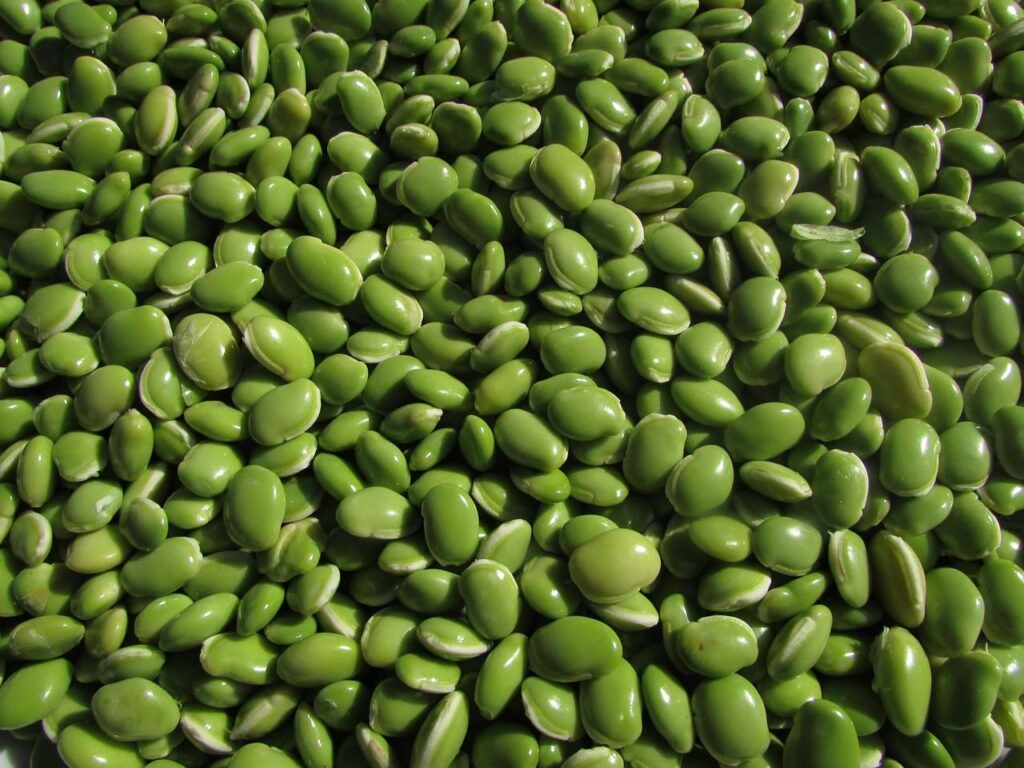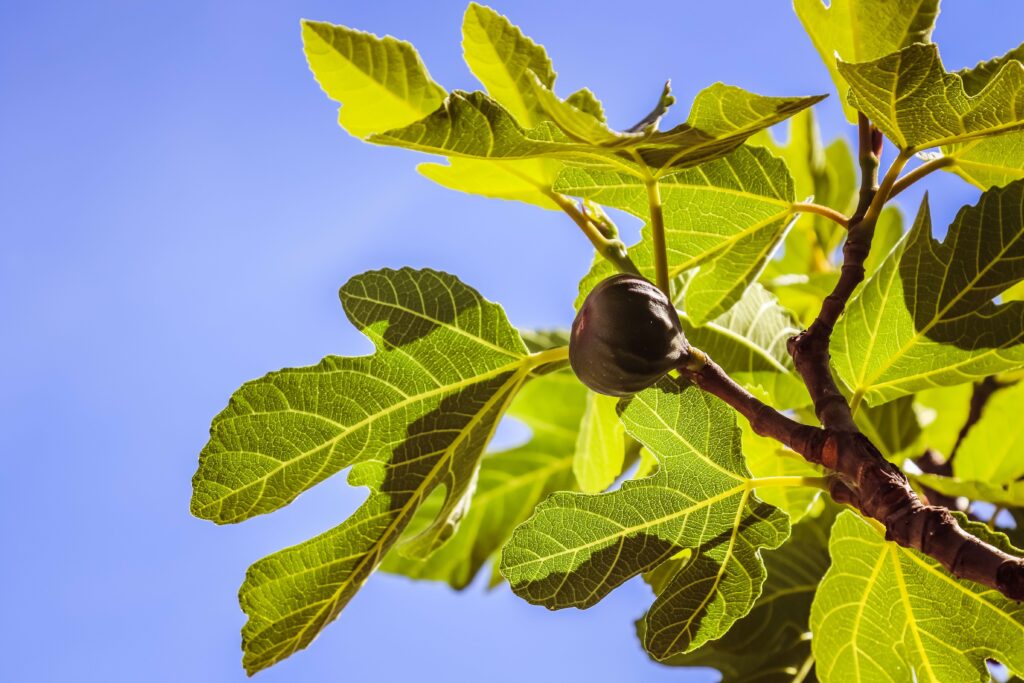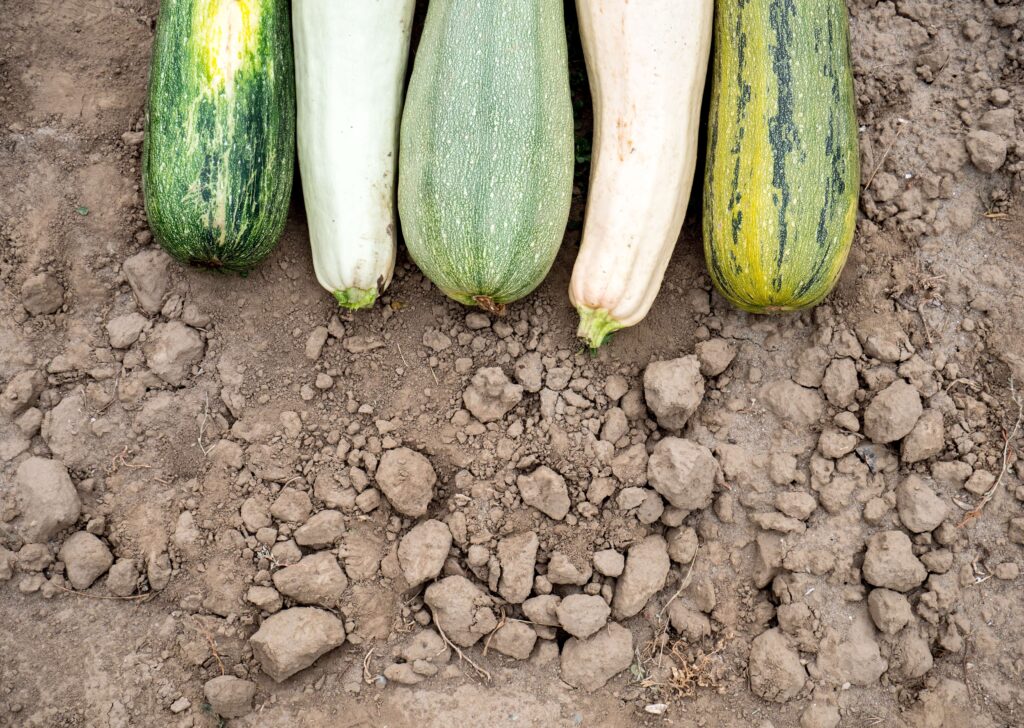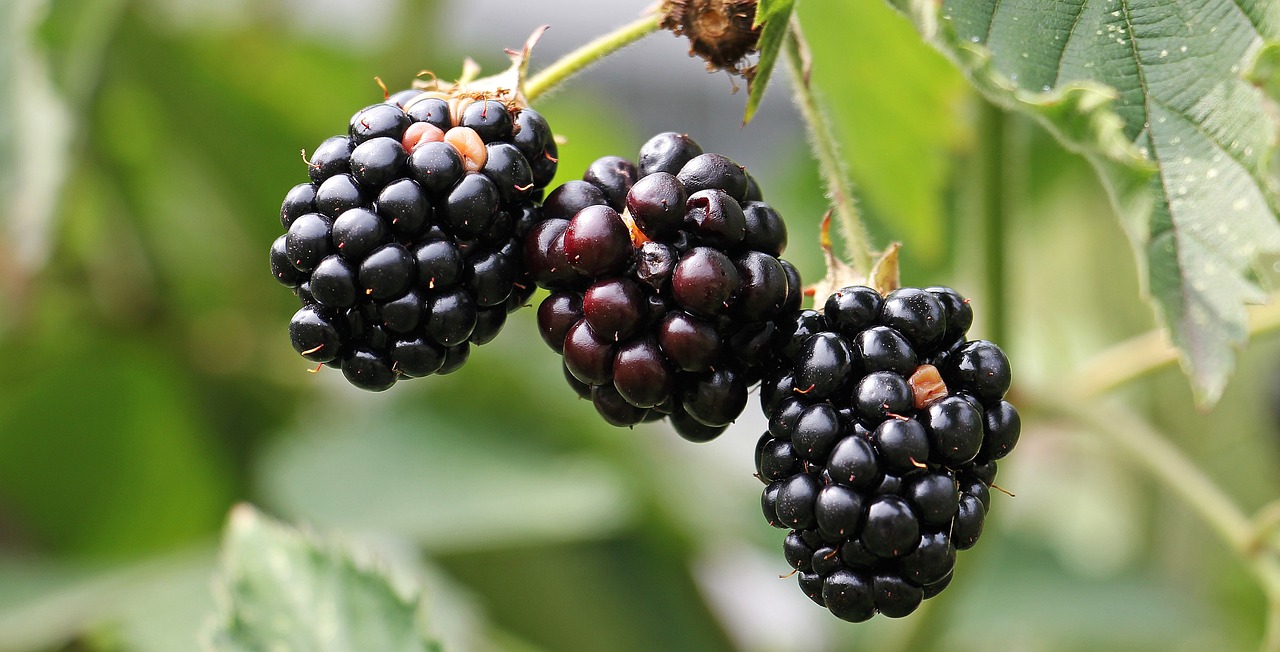As of 2023, around a quarter of the US is in drought. It’s a growing concern that makes gardening a real challenge, and we’re seeing significant crop declines.
Edible plants like fruits and vegetables usually require a lot of water to thrive, so what can you do in times of drought? And is it even possible to grow edible plants in such arid conditions?
We’re here to answer all of your questions about drought-prone gardening and show you the best drought-resistant edible plants you can grow in your garden.
Table of Contents
What are Drought Resistant Edible Plants?

As the name suggests, drought-resistant edible plants are all forms of plants that are safe to eat and thrive in dry soil. Some of the most drought-resistant edible plants include herbs like thyme, oregano, and sage, as well as vegetables like beans, swiss chard, and zucchini. Additionally, some fruits like figs, pomegranates, and olives are known to be drought-resistant. It’s worth noting that the level of drought resistance varies depending on the specific plant species and growing conditions.
14 Drought-Resistant Edible Plants That Can Thrive in Your Garden
If you’re looking for some drought-tolerant plants to add to your garden, here are 14 species that will do well in even the driest conditions.
Fruit trees

You don’t need a lot of rain to grow fresh fruit. In fact, many of the fruits we know and love originate from the Latin America and Mediterranean regions, which means they’re adapted to hot, dry climates.
Fig
Fig trees ripen in late summer and often produce a second harvest during the fall. They love sun-drenched areas and have beautiful leaves with deep purple fruits. Fig trees are self-pollinating, so you can start with just one fruit tree, and they can be found in most large garden centers.
Figs aren’t quite as drought tolerant as some of the other fruits on our list and will require about an inch of water a week (either from rainfall or irrigation) during the hot summer months.
Persimmon
The striking gold and orange foliage makes the persimmon tree a popular choice with gardeners. During the growing season, you’ll get fragrant pink and white flowers and lush orange fruits.
The persimmon tree is native to East Asia and India, so it thrives in sunny, drought-prone conditions. But you’ll need to be patient with your sapling – they take around four to six years to start bearing fruit!
Pomegranate
The tangy, juicy pomegranate is hugely popular and widely considered a superfood. The tree produces trumpet-shaped flowers that bloom throughout the summer, and the fruit can be harvested during the fall.
Hummingbirds adore pomegranate flowers, so if you’re lucky enough to live in an area with these pretty birds, you can expect to see them in your garden.
Berries
A lot of berries don’t tolerate droughts well, so we don’t suggest planting strawberries, raspberries, or other juicy varieties under extreme drought conditions. But there are a few wonderful options if you’d like to add a berry bush to your drought-prone garden.
Goji
Goji berries are drought tolerant once established and are tolerant of most temperature extremes in USDA Zones 3 to 10. They also survive well during the winter, so you won’t have to worry about losing them in the colder months.
Blackberries
Although raspberries aren’t recommended, you could go for blackberries in their stead. Often confused with black raspberries, blackberries are larger and more overbearing when mature.
Make sure you get the right species at your local nursery – black raspberries won’t grow well in dry conditions.
Blueberries
Many gardeners will tell you that blueberries are challenging to grow, but if you can get them to establish, they are incredibly hardy in drought conditions.
Some cultivars are more drought-tolerant than others – rabbit-eye blueberries tend to be the best for extremely dry climates, but they do struggle with the sharp temperature drops at night in desert extremes.
Vegetables
When it comes to drought-tolerant vegetables, some cultivars do much better in arid climates than others, so do your research. You should be able to find the heat tolerance and water requirements of each variety on the seed packet at any local nursery.
Okra
The stunning yellow blooms that grow seven feet tall make the okra a stunning addition to any drought-prone garden. It thrives in warm, sunny weather and is hardy enough to tolerate drought. It is prone to root rot in wet conditions, though, so only plant once the threat of frost has passed.
Swiss Chard
Swiss chard is a member of the beet family, with its dark leaves and jewel-toned stems. The deep roots allow it to access groundwater, so it is one of the better drought-resistant edible plants you can grow.
Pole Beans
If you have a small garden, pole beans are great for vertical growing. You can use a trellis or sticks, and the vines will happily creep up in dry conditions. Pole beans produce around twice as many beans as bush beans, and you can usually harvest them around four or five times each summer.
Zucchini
Many people are surprised to learn that zucchini is a drought-tolerant plant since it’s around 95% water. But it’s the deep root system and spreading surface roots that allow the plant to “root out” in dry conditions.
You’ll still need to water when a drought hits, but it does require minimal watering, even in hot water.
Herbs
Many types of herbs thrive in dry conditions thanks to their Mediterranean origins. Many of the most popular herbs will thrive in the driest conditions once fully established, and they grow quickly.
Rosemary
Native to the Mediterranean, rosemary is an aromatic, evergreen shrub that hates sitting in wet soil. This one is the perfect drought-resistant edible plant for xeriscapes and will flourish year-round.
Both the upright and trailing varieties do well in a drought-tolerant garden, but they do need regular pruning to prevent the stems from going woody.
Chives
Both garlic chives and onion chives are drought-resistant plants that do well in dry gardens. They have pretty pom-pom blooms and like being planted in full sun. Once established, they only need to be watered occasionally to stop the soil from completely drying out.
Lavender
Many people love the smell of lavender, and it’s great for attracting pollinators to your garden. It’s a versatile herb that grows well in pots and the ground and can tolerate most conditions.
Spanish lavender is the most drought-tolerant, so if you live in extremely arid conditions, this is your best option.
Thyme
Finally, thyme is another herb that loves full sun and well-draining soil. It needs almost no maintenance and very little water to thrive, but it could do with a regular trim to stop it from getting too bushy.
Ants can’t stand the scent of thyme, so it’s also a great natural repellent to keep pests at bay.
How Do I Grow Edible Plants in a Drought?

It’s easy to grow an edible landscape in a drought as long as you pick the right species. You won’t get ample harvests of cucumbers, tomatoes, and peppers, but figs, persimmons, and zucchinis will all do well with minimal watering.
The key to drought-tolerant plants is to avoid over-watering. These plants thrive in dry conditions, so root rot is the most common mistake among new gardeners.
If hosepipe bans are common in your area, consider installing a rainwater harvesting system to take full advantage of naturally found water in your new garden.
Gardening Tips for Growing Edible Plants in a Drought
If you’re still concerned about your new drought-resistant edible plants, here are some expert tips to help you grow a thriving garden.
Know your watering schedule
Newly planted seeds and saplings will need frequent water to establish. However, more mature trees, shrubs, and deep-rooted plants tend to only need water every four to six weeks.
Make sure you know how much water each plant needs so you can get those first stages right.
Go for trees, vines, and shrubs
These tend to be the most drought-tolerant varieties of edible plants, especially if they’re already established. Although it costs more to buy established plants, they are much less work and require little water once planted.
Use mulch
Add a three-inch layer of mulch ground cover around your plants to help lock in moisture, keep the ground cooler, and add nutrients. For baby plants, don’t add mulch too closely to avoid smothering new growth.
Water early in the morning
You should always water early in the morning while it’s still cool. Although your plants might look in need of a drink midday, adding water can scorch the leaves, and it will evaporate quickly.
Flowering fruit needs less H2O
If you’re going for fruit trees, they tend to need less water once the flowers and fruit appear. When you start seeing blooms, pull back on watering and practice “dry farming” for the best harvest.
Protect your plants from strong winds
Even drought-resistant edible plants don’t do well in strong winds. When choosing a spot in your garden for native plants, make sure it’s protected from the winds, which can draw moisture from the soil quickly.
Good Luck, Gardener!
Remember, growing food in our gardens should be a fun, meditative experience. Do your best to conserve rainwater, make sure you understand your new plant’s requirements, and you’ll see results in no time.
And if you’re stuck on what to plant, see if there’s a local nursery nearby that can give you some expert local tips.

